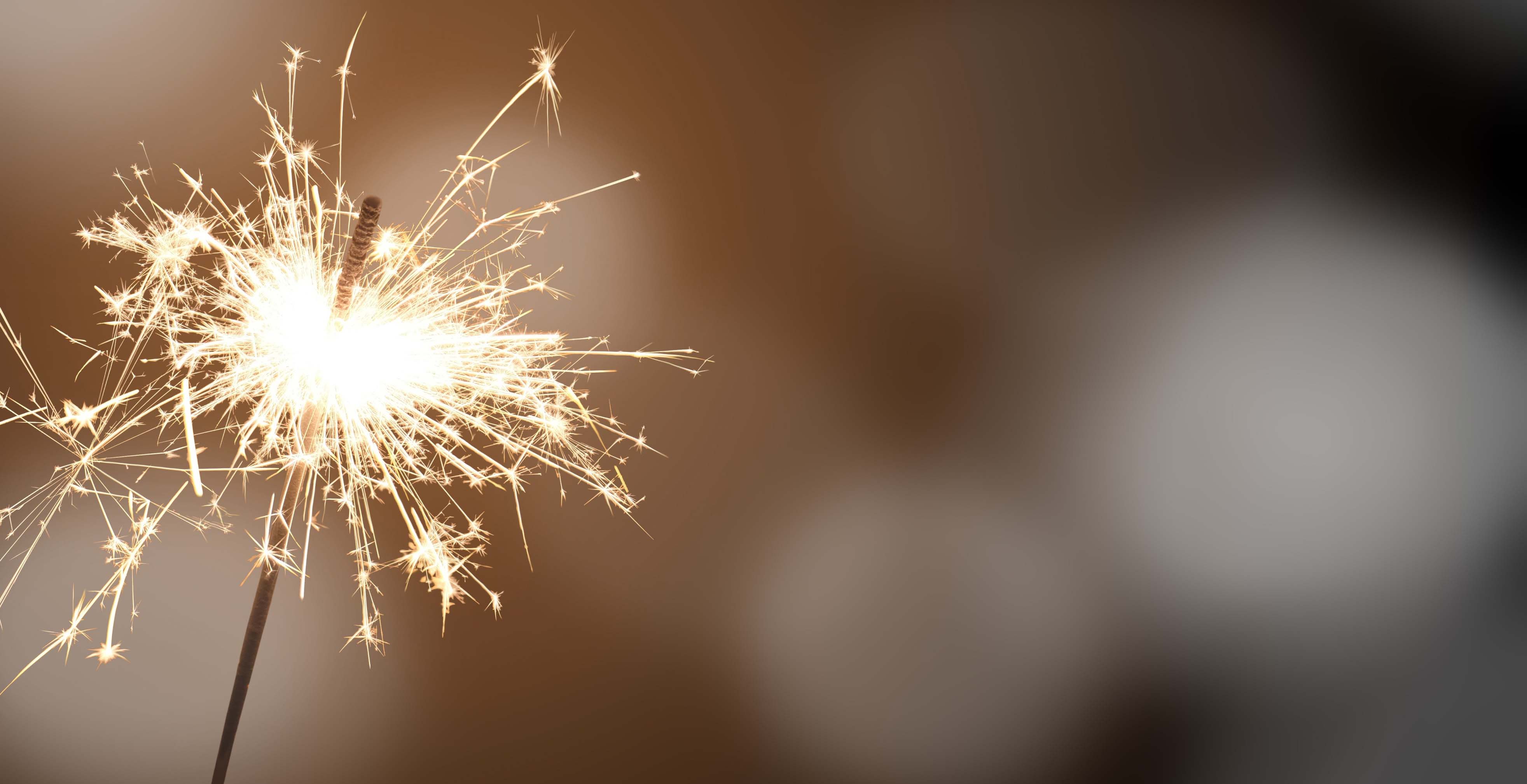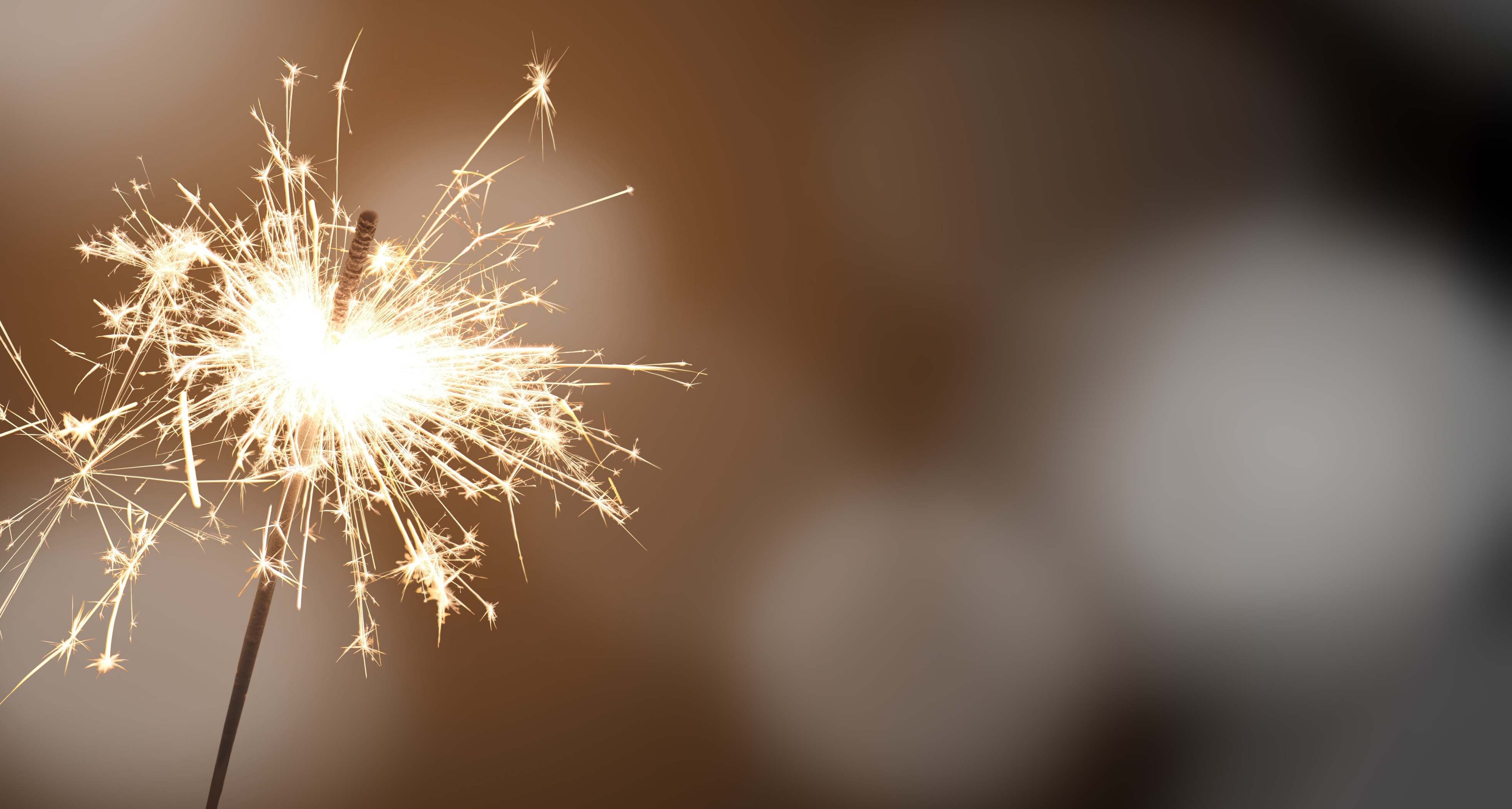Let’s Celebrate!


New Year’s celebrations are upon us, and in Canada the beginning of the New Year is commemorated with time-honoured traditions, including chanting the 10-second countdown together, quaffing Champagne, and singing Auld Lang Syne. Like these traditions, the food and beverages served at New Year’s Eve parties are widely varied and influenced by a multitude of cultures from all over the globe. From fancy cocktail parties to casual potluck dinners, whether eating oysters Rockefeller or nibbling on pigs-in-a-blanket, food and drink is always ideal to have in hand when greeting the New Year. Try incorporating some of these traditions into your festivities this season; after all, you have something to celebrate!
Ecuador
Ecuadorians celebrate the coming New Year by creating años viejos, translated as ‘old year’ which are large doll-like effigies stuffed with sawdust and paper that are burned at midnight to celebrate the passing of the old year. Ornate and life-like masks are constructed and placed on top of the figures, the faces of friends and loved ones are used for good luck for the coming year, while the faces of disliked public figures are used to symbolize the burning away of a bad year. A big outdoor block party, hot street food is eaten throughout the night as the party continues. As with many other Latin American countries it is customary to eat 12 grapes at midnight for luck, each grape symbolizing one month of the year.
Scotland
In Scotland, the eve of December 31 is spent celebrating Hogmanay, a holiday in its own right that is distinct from New Year’s Eve (in fact, Hogmanay doesn’t end until January 2). The biggest party of the year, this event is thought to have originated from a combination of Norse and Gaelic customs and folklore. First-footing, the idea that the first person who walks in the door is either a harbinger of good or bad luck, is an essential part of Hogmanay; as is redding the house, cleaning the house from top to bottom in preparation for the New Year. Large family meals include Scottish favourites such as haggis, cock-a-leekie soup, venison pie, and shortbread for dessert. Most importantly, a whisky toast is essential to ensure good fortune in the coming year.
Japan
The New Year is welcomed in Japan each year by Buddhist monks ringing temple bells 108 times at the stroke of midnight for luck; each ring thought to dispel the 108 worldly desires that every person possesses. Handwritten postcards to friends and family with wishes of prosperity and a pleasant New Year are mailed so that they will reach their recipient on January 1. Mochi, a dumpling made of sticky rice, is traditionally eaten on New Year’s; particularly kagami mochi which is two rounds of mocha stacked on top of one another and then topped with a tangerine before being broken apart and eaten.
Netherlands
New Year’s Eve parties thrown in the cities of the Netherlands are lavish affairs; it’s customary to dress up in fancy clothing, drink lots of Champagne, and attend large parties held at hotels and clubs. Midnight fireworks are the main event, with some displays lasting as long as two hours. On New Year’s Day, it is customary to visit friends and family and to accept a glass of liqueur and something to eat before moving on the next house. Round foods such as oliebollen, a fried sweet ball of dough, are always the main event as they are thought to bring luck and to represent the closure of last year in a complete circle. The individuals making the dishes put a lot of love and effort into these special meals and as a sign of appreciation, the food is served on the finest china so that their handiwork is fully appreciated.
